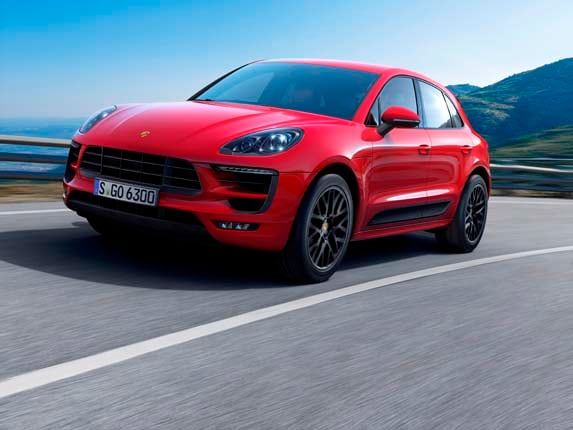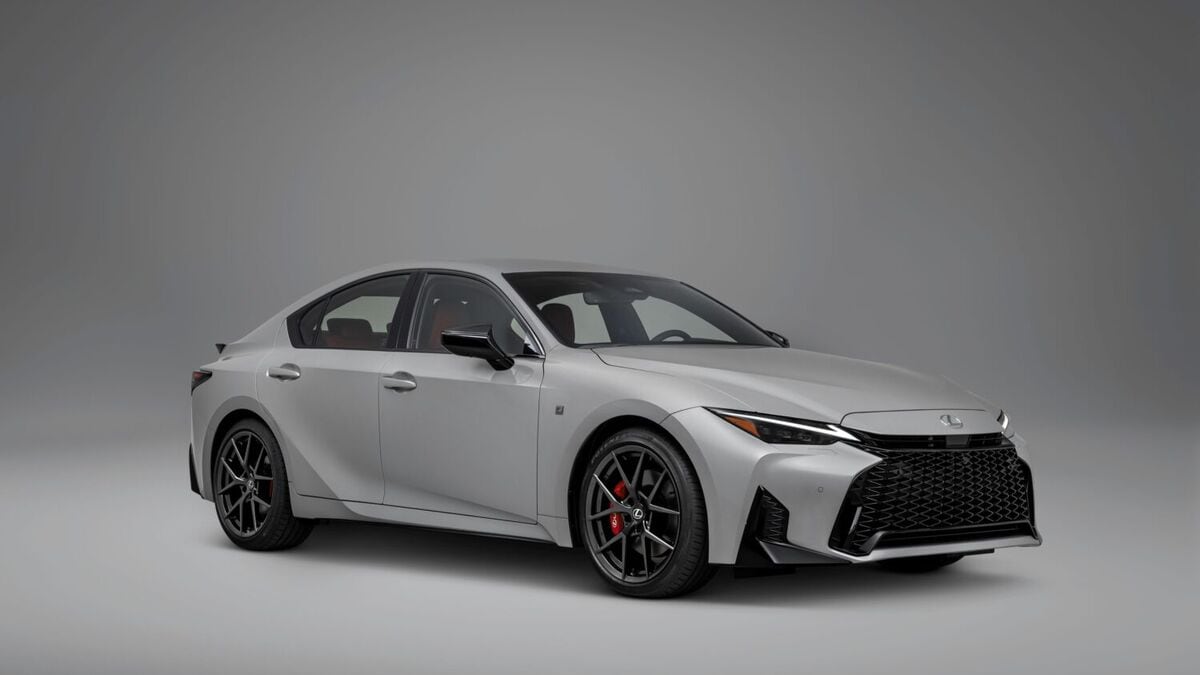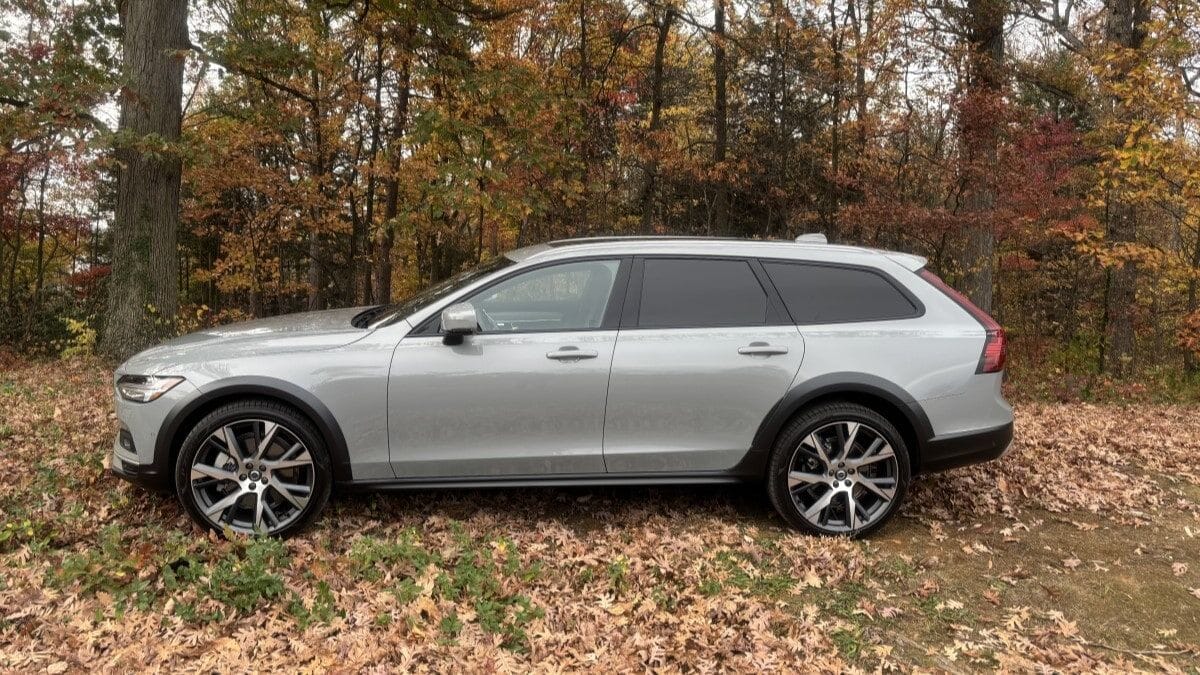
As pent-up demand is satisfied, and a large number of low-mileage, late-model used cars return to the market, buyers will find plenty of deals to peruse in the months ahead, although the numbers and terms could be absolutely dizzying. Adding to the choices available to smart shoppers will be the looming question of buying vs. leasing and new vs. pre-owned. There’s a case to be made no matter what you decide. And rest assured, there will be some sort of deal waiting for you.
In the new car market, manufacturers have shown restraint on overproduction. According Automotive News, April inventories, expressed as days’ supply, stood at 65 — just 5 days more than what is considered ideal. As expected, Subaru leads all brands with the fewest number of vehicles in stock, at 20, while Fiat has the highest supply at 141 days.
Supplies are high in some slower-selling categories, primarily sedans. The Chrysler 200, for instance, has a 150-day supply. It reflects a larger trend that favors crossover SUVs over sedans and looking at current incentives, more generous spiffs are being directed at sedans of all sizes from compact to full-size. These rebates range from $500 to $1,000 on vehicles like the 2016 Chevrolet Malibu and 2016 Ford Fusion on up to as much as $2,500 on the 2016 Chrysler 200 and 300 models.
Also: See the New and Redesigned Cars of 2016
If you’d rather have one of those hot-selling crossover SUVs, then another alternative is to check out the Certified Pre-Owned (CPO) market. Dealers are expecting a record number of off-lease cars (as well as late-model trade-ins) over the course of 2016 and are preparing their used car lots for the influx. And as a result, more dealers will be adding the lease option to their CPO programs. If you don’t drive more than 15,000 miles a year and can stay under the mileage cap, your best bet might be a lease, which will result in a lower monthly payment. The downside is that you won’t be building any equity in your ride.
This increase in the number of used vehicles coming back to dealers will be the big driver in making a buyer’s market. Plentiful stocks of used cars will exert downward pressure on prices and as a result, the gap to step up to a new car will get larger. However, even that gap and the resultant curbing of enthusiasm for new cars will put pressure on manufacturers to lower MSRPs or launch new incentives in order to keep the assembly lines humming. In any event, this summer will see a lot of cars on the market and pickings aplenty for the smart shopper.
Porsche Macan hiccup
A delay in getting certification from California briefly halted sales and deliveries of 2017 Porsche Macans in that state and 13 other states and jurisdictions that adhere to the more stringent emissions standards enforced by the California Air Resources Board.
There were reports that as a result of the delay in certification (which was finally granted on April 11), some customers had been waiting since February to take delivery of their Macans. The compact SUV has been one of the Porsche’s top sellers, so dealers in some of the German automaker’s largest markets were anxious to get the ball rolling again. Porsche did not have an estimate on the delay’s impact in creating a backlog of Macan orders and deliveries.
BMW halts 7 Series sales
Meanwhile, another German automaker is encountering its own difficulties in getting products into customer hands. BMW announced that it has stopped sales of its recently redesigned 7 Series in the U.S. as a result of airbag deployment issues. According to the company, some models built between July 1 and December 11, 2015 may have defective control modules that would prevent them from being deployed in a crash.
The recall affects 6,110 vehicles in the U.S. Letters are being sent to owners of the affected vehicles. BMW did not say how long the stop-sale orders would last on existing models at dealerships.
Subprime lending raises flags
While major auto lenders believe the trend of making loans to less-qualified buyers is under control, some financial institutions are worried that an increase in the practice among small lenders could be undermining those efforts. A new report from Moody’s Investors indicates that more than 70 percent of subprime car loans that occurred last year were originated by small lenders, the opposite of 2010 when that share was held by just two of the largest subprime lenders, Santander Consumer USA and AmeriCredit. “With the more recent transactions, the cumulative losses have been getting higher each year — it’s indicative that…performance has been weakening,” Moody senior analyst Peter McNally told the Wall Street Journal.
Also: Kelley Blue Book Best Buy Awards of 2016
The report says that lenders have been unable to recover up to 11.2 percent of securitized subprime loan balances, an increase from 8.8 percent a year earlier. Many of these subprime lenders, according to Moody’s, are sources for loans by borrowers who have FICO credit ratings of 550 or less on a scale that ranks credit worthiness from 300 to 850. Credit bureau Equifax reports that across the industry, subprime lending is up 118 percent since 2009, with 6.1 million loans qualifying as such last year alone, an 8-percent year-over-year increase. The outstanding balance for these new loans in 2015 is $109.5 billion. That number represents 22 percent of all outstanding loans.
The rundown
Pricing for the 2017 Lincoln Continental has been announced, with prices starting at $45,485 plus destination. The top Black Label model with all-wheel drive and 400-horsepower will retail for $69,105.
Porsche has introduced a turbocharged 4-cylinder engine as part of its rechristened 2017 718 Boxster lineup. See our first drive of the mid-engine 2-seater here.
Hoping to boost sales of the 2016 Dodge Dart, FCA has simplified the model lineup and adjusted pricing on the compact 4-door sedan.







